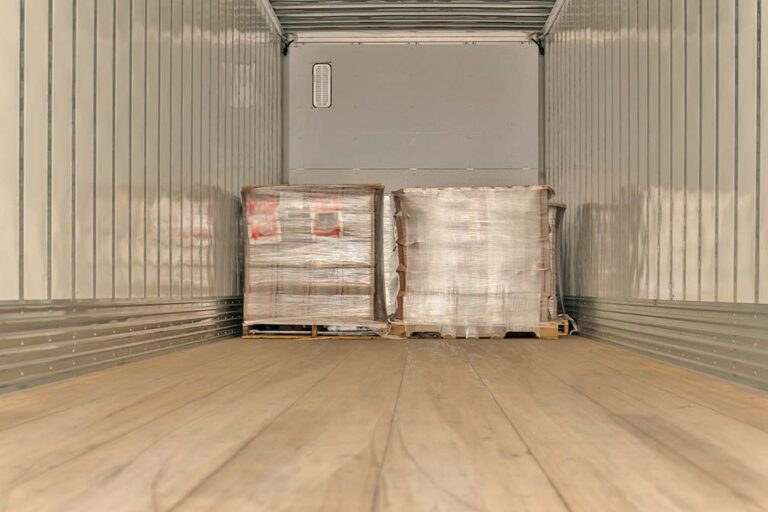BLOOMINGTON, Ind. — Less-than-truckload (LTL) freight shipping is an efficient and cost-effective method for transporting smaller loads that don’t fill an entire trailer.
As carriers navigate the potential of LTL for their business, it is important to be fully aware of how it works before making any decisions about engaging in this type of shipping, according to a report from load board company Truckstop.
LTL Background
LTL is considered when shippers don’t need an entire trailer to move their freight, they often opt for less than truckload freight shipping, and typically the most affordable way to transport smaller loads.
Less than truckload freight is usually the preferred method for loads between 150 and 15,000 pounds that do not require the use of a whole trailer and it can maximize loads for carriers by combining multiple LTL freight shipments into full truckloads.
How does LTL freight shipping work?
LTL freight shipping works by combining partial loads from multiple shippers.
This usually (but not always) creates multi-stop truckloads. Pricing is based on space and weight, classification of the goods being shipped, and pickup and delivery destinations.
Less than truckload freight shipping can include standard, expedited, or date-guaranteed shipments.
Carriers can also offer additional freight services for shippers, including:
- Lift gate pickup or delivery
- Inside pickup or delivery
- Residential pickup or delivery
- Reweighing
- Reclassification
- White glove service
Because of the additional complexities involved, carriers can charge additional shipping fees, boosting their profits.
What factors should determine your LTL freight rates?
Several factors impact how carriers and brokers price their LTL freight rates. Take these things into account when determining freight rates:
- Market demand — LTL freight rates are impacted by the amount of current demand and space availability on trailers.
- Freight classification — Freight class is based on density, stowability, handling and liability.
- Distance — How far are you going in total? The more miles between points, the greater the cost for everyone.
- Destination — Where goods ship also impacts costs. Shipping along established lanes to major hubs will cost less than making multiple rural or residential deliveries.
- Dimensions and weight — The dimensions and weight of the shipment determine freight class and directly impact rates. Oversized or oddly shaped items, for example, take up more space. Smaller (but denser items) can limit the number of other items that can be shipped.
- Deadhead miles — Having to drive an empty truck from delivery to a new pickup should also impact pricing since carriers have to bear the cost of empty miles.
- Availability — You can only ship LTL freight when there’s available space on trailers, which varies based on seasonality and market demands.
- Accessorials — Extra services cost extra. Carriers can charge more for things like lift-gate service, delivery to limited access or residential locations, inside delivery, or white-glove services.
- Fuel costs — Fuel costs tend to vary significantly based on market volatility and location.
Matching the right LTL loads to get the maximum revenue potential can be time-consuming and complex.
In today’s fast-paced world, decisions often have to be made quickly. The key is better data and understanding rate trends to find the most profitable jobs.
Use a dedicated LTL load board.
As an owner operator, being flexible and agile can be the difference between success and failure. Using less than truckload load boards, such as Truckstop, gives carriers accurate, same-day rate data. It also provides rate recommendations specific to load, broker, and lane. A good LTL load board will track rate trends to help you adjust your pricing accordingly, accurately assess supply chain variables and demand for both origin and destinations, and help predict fuel rates and surcharges.
LTL freight shipping combines efficiency with cost-effectiveness, accommodating smaller loads through a pricing structure influenced by factors like freight classification, distance, and required services. For carriers, mastering these pricing factors is key to maximizing profitability in a competitive logistics market.
The Trucker News Staff produces engaging content for not only TheTrucker.com, but also The Trucker Newspaper, which has been serving the trucking industry for more than 30 years. With a focus on drivers, the Trucker News Staff aims to provide relevant, objective content pertaining to the trucking segment of the transportation industry. The Trucker News Staff is based in Little Rock, Arkansas.








